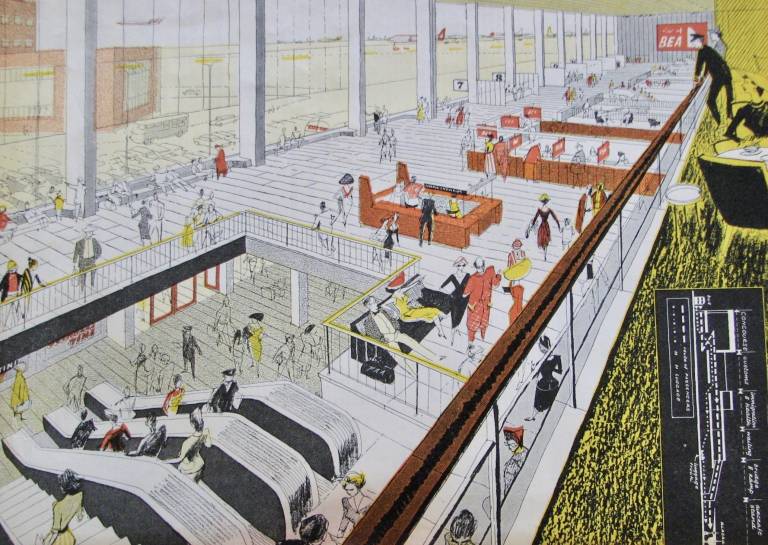‘Infrastructural Realism’
29 November 2023, 5:30 pm–7:30 pm

For this Research Seminar we welcome Mark Crinson, Birkbeck (University of London), for a talk on ‘Infrastructural Realism’ .
This event is free.
Event Information
Open to
- All
Availability
- Yes
Cost
- Free
Organiser
-
Queenie Lee
Location
-
G17 IAS Forum in South WingMain BuildingLondonWC1E 6BTUnited Kingdom
The idea of infrastructure has been the focus of much theoretical energy in architecture, anthropology, and geography in recent years. Partly this results from the challenges of globalised and apparently non-material communications, partly it is stimulated by new materialism and German media theory, and partly it seems to derive from the need for new relevance in the ever-expanding area of urban studies as it has taken on issues of sustainability and climate breakdown. But while infrastructure may be the ‘central trope of modern urban thought’ (Chattopadhyay, 2012), its mutability as a construct and even its historical specificity (its emergence and recognition) are little considered, most especially as they are found in visual culture.
My focus in this talk is the early years of a new kind of traffic hub, the international airport, after the Second World War, and my material is the various forms of representation (brochures, a feature film, architectural drawings) of this phenomenon. London (Heathrow) airport was first developed to provide machine-centred structures (runways and hangars) while human-centred structures were marginal and temporary. Early publicity made the first visible by glossing it as glamorous – whether through the logistical sublime, slick uniforms and machines, or world-girdling imagery – while the second was classed as eccentric, as necessary if not desirable.
The architect Frederick Gibberd was appointed in 1948 to design elevations for plans already generated by engineers: the talk was of ‘interim terminal buildings’ and ‘passenger handling buildings’. Taking over the significant design decisions in the airport’s central diamond space, Gibberd’s designs picture infra- and extra-structure not as opposed (contra Easterling, 2014) but interwoven: raised roads attached to buildings, the glamour of the ‘waving base’ in roof gardens, stadia-like restaurants, and terminals as baggage and people-processing flows demanding new forms of behaviour (and thus the learning of that behaviour). Before completion the new terminal became the main location – future-fitted in Ealing Studios – for Out of the Clouds (1955), a Basil Dearden-directed film ostensibly about the new cosmopolitan romance of the airport as underpinned by a cadre of war-seasoned professionals.
The film is interpreted here as a training manual in how to learn the airport, how to negotiate infrastructure either/both because you don’t really know it is there or/and because you understand it as demonstratively sensitive to human craft and experience. Infrastructure carried difficult recent and continuing associations here such as its relation to mass building projects, to central state planning, to territoriality, immigration and citizenship. But at the same time, and not coincidentally, infrastructures are in formation, coming into existence not just as ‘signs of themselves, but as trope, rhetoric, image, poetics’ (Larkin, 2013).
About the Speaker
Mark Crinson
Professor of Architectural History at Birkbeck, University of London
Mark Crinson is Professor of Architectural History at Birkbeck (University of London). He was Vice-President and President of the European Architectural History Network between 2016 and 2020. Among his most recent publications are Rebuilding Babel: Modern Architecture and Internationalism (2017) and Shock City: Image and Architecture in Industrial Manchester (2022). He is currently working on a Leverhulme-funded study of Heathrow and the area around it, provisionally titled Heathrow’s Genius Loci.
More about Mark Crinson Close
Close

